Download is immediate. View as often as you want, but the introductory price ends at midnight on 31 January–details on our announcement page.
Typically an “heir” is someone who is legally entitled to inherit property from someone if that someone dies without leaving a legally valid will. Beneficiaries are generally individuals who are designated to receive property after a person dies. They may be named in a will, a trust, or other legal documents. Legatee and devisee are two older terms that may be encountered in legal documents involving the settlement of an estate when there is a valid will admitted to probate. A legatee is someone who is named to inherit personal property. A devisee is someone who is named to inherit real property.
When looking through a set of estate or probate papers, don’t neglect to look for a “final settlement.” It may list a final list of heirs to the estate–some of whom may not have been listed at first because some of the original heirs may have died during the settlement of the estate. The temptation may be to look for just the will and the estate inventory, but the final report may hold some clues as well. Seeing how the money was split up may assist in determining what relationship the heirs had to the deceased as in some cases that may not be made crystal clear.
The recording is now available for my citation webinar–download is immediate. More details are on our announcement page.
If you don’t have a death date for an ancestor, make certain you cite the “last alive” date. For some that’s the date they signed a will or last appeared in a census. Of course there can be other records as well that document that “last alive” date. Track the “first dead by” date as well. For some that’s the date from a court or probate record. But always make it clear that these dates are not death dates.
Every event in your ancestor’s life takes place in context. If your ancestor does something on a specific date, there may be other people doing that same thing on that same date: other couples marrying on the same date as your ancestor may be relatives or close friends other individuals naturalizing on the same day as your ancestor may be relatives, friends, or associates men who deserted the army on the same date as your ancestor may have had a connection to him people who died on the same date as your ancestor may have had the same contagious illness and so on. The commonality of the date may mean nothing. It may also be significant. Just don’t ignore it. Looking for “same day people” is an excellent way to […]
Before a document or record causes your research to spring forward into other sources or people, consider doing the following: read the entire document; make certain you understand all terms; ask yourself “have I made any incorrect assumptions?” make certain the records you have are really on the same person; give yourself some time to let the new discovery “sink in.”
There is still room in my webinar on genealogy citation on 28 January–attend live or pre-order a recorded copy at a discounted rate. Details are on our announcement page.
When you cannot find a record in the expected location, ask yourself if you are really certain the event took place in that spot. Do you have good information to cause you to believe that or are you operating under a hunch? That hunch could be wrong. Did a couple go a distance from home to elope? Did your great-grandparents live in another state for a year and that’s where one child was born? Was great-grandma living with a daughter out of state when she died? The event may not have taken place where you think it did–especially if if happened one hundred years before you were born.
John Anton and John Willy appear on a list of delinquent tax payers for Scott County, Iowa, that was published in 1865. There are several genealogy reminders from this list and the image used to illustrate this post: Make certain you get everything. In this case, the headings for what the numbers represent is essential. This list, published in 1865, should be for 1864 taxes. John Anton Willy and John Willy could be the same person–or they could be different individuals. Notations on these lists, such as the “widow” notation after the name of Alex Wells, can be significant. Land records should be referenced. These individuals are probably listed as grantees on land deed–unless they inherited the property. They may or may not listed as grantors on subsequent […]
It’s important to take overview photographs at cemeteries to see the relative position of stones and not just get closeups of each stone. It’s important to take these photographs from several angles. The difficulty in some cemeteries can be keeping perspective and knowing just where you are at in each picture. Sometimes nearby stones can look very much alike. I was fortunate when I took pictures at the Dunkard Cemetery in Linn County, Iowa, that there were at least two stones that served as positional guides in most of my photographs. One was a ground-level round stone with a military flag next to it. Another was a large stone with a large shrub on the north side of it. At least one of these stones was in every […]
I’ll be giving a webinar on genealogy citation on 28 January–attend live or pre-order a recorded copy. Details are on our announcement page.
I’ve got all the buildings that were once there (I think), but my scale and positioning needs some work. Genealogists should always be looking for maps, but are there maps that we could create ourselves? Several of the buildings on my Grandma’s farm are no longer standing. The garage and the original house are gone–replaced with a shed and a larger home. The map I’ve made needs some work, but the essentials are there. It’s not just Grandma’s farm that could be drawn out or mapped. A map could be made of the rooms in the home you grew up in or what you remember of the interior of your Grandfather’s home. Digital images of actual pictures could be used to augment the map you have drawn. The […]
This image was used on the Genealogy Tip of the Day Facebook page as a reminder to not use “Grandpa” or similarly vague descriptions when identifying photographs. But when I looked at the footer I attached to the actual picture, I realized I could be more specific in the location than I was. I know exactly where the photograph was taken. Grandpa is standing on the west side of the barn that is in the northwest corner of their farmstead. The barn is still standing. I have the current address of the property and the legal description which I could put on the image as well (at least on my personal copies of it). Make certain to include as much geographic precision in a photo identification as you […]
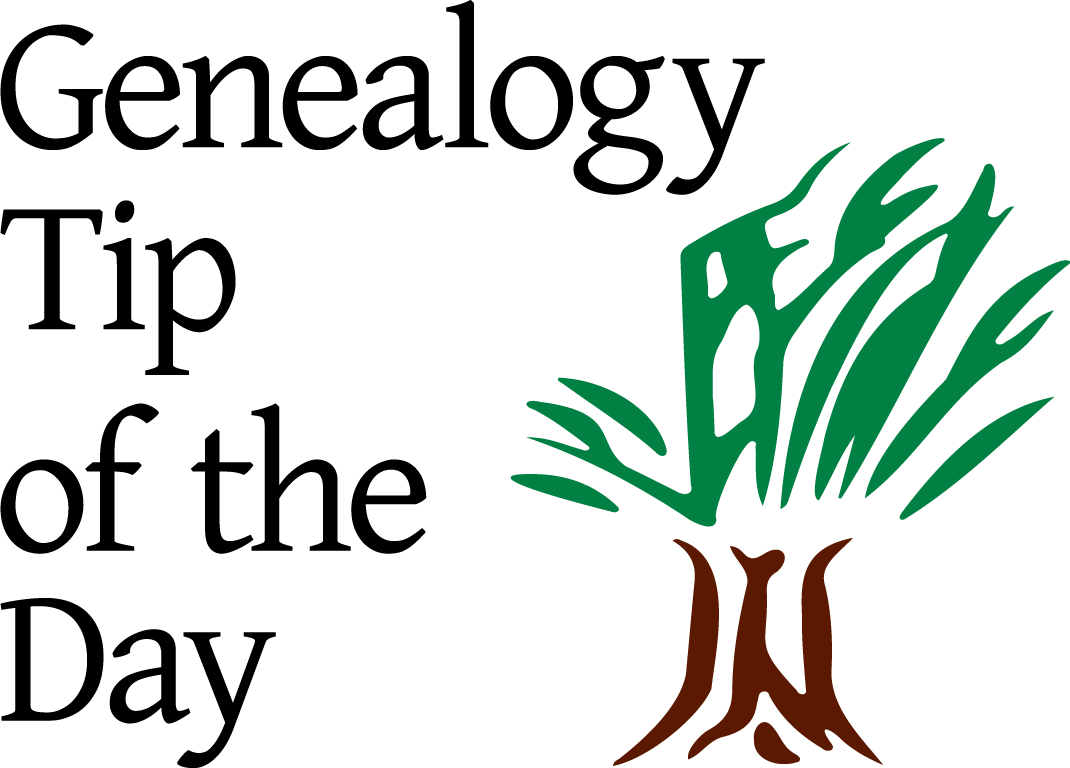
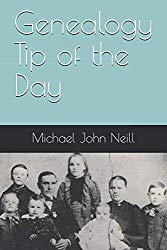
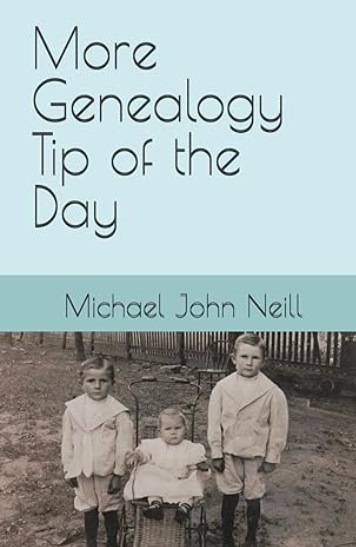

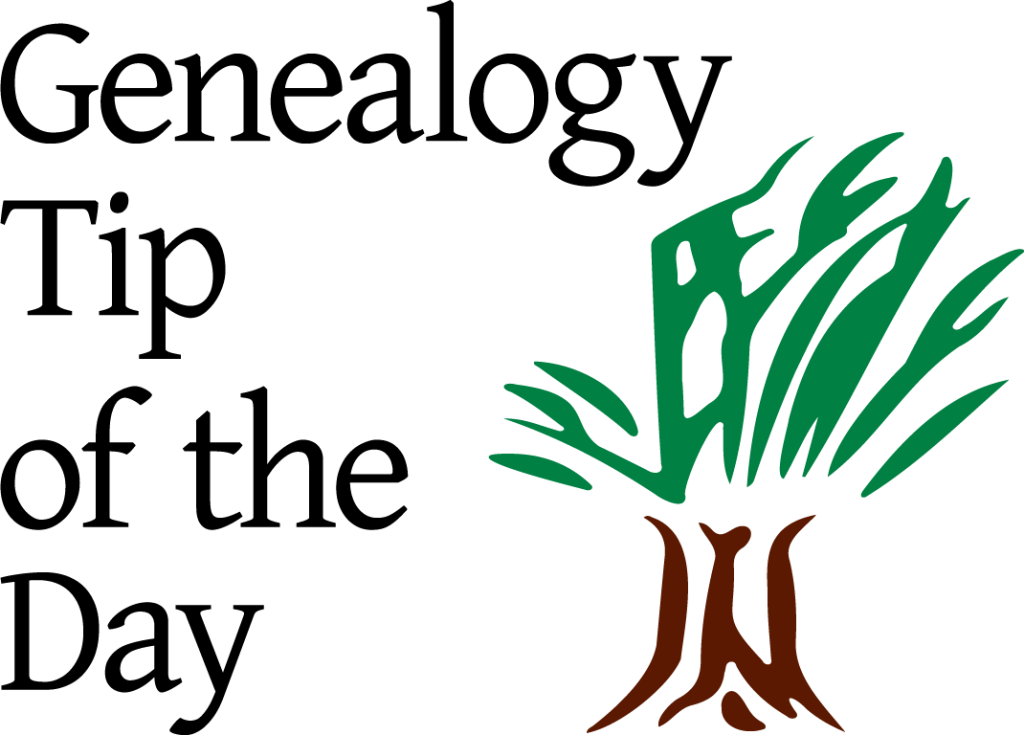
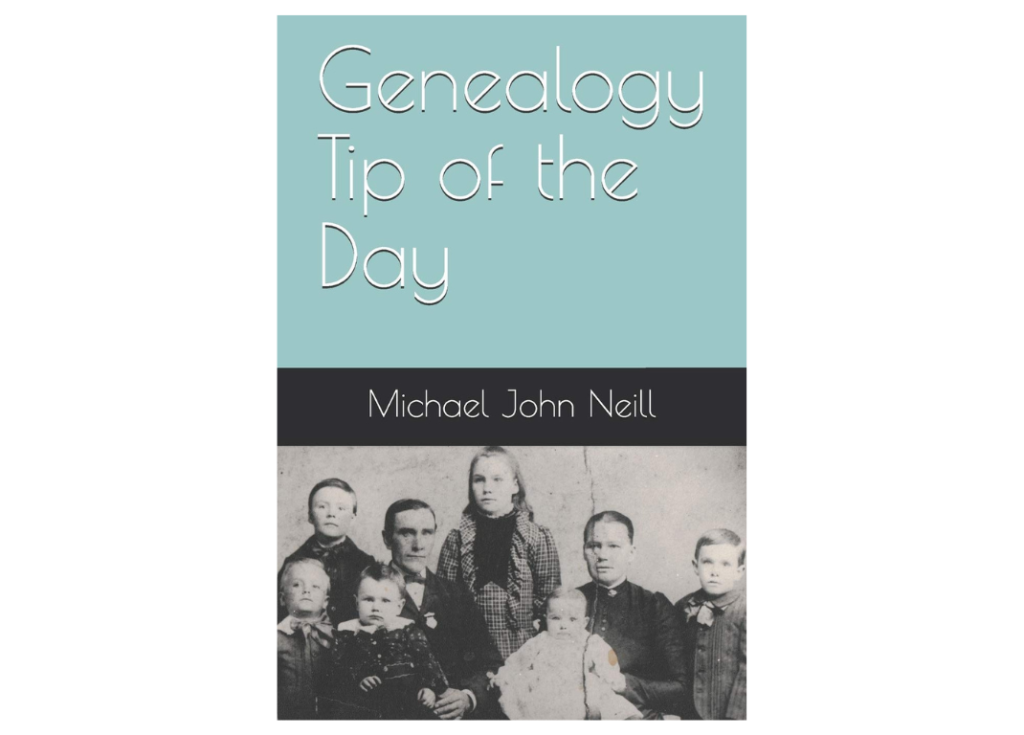
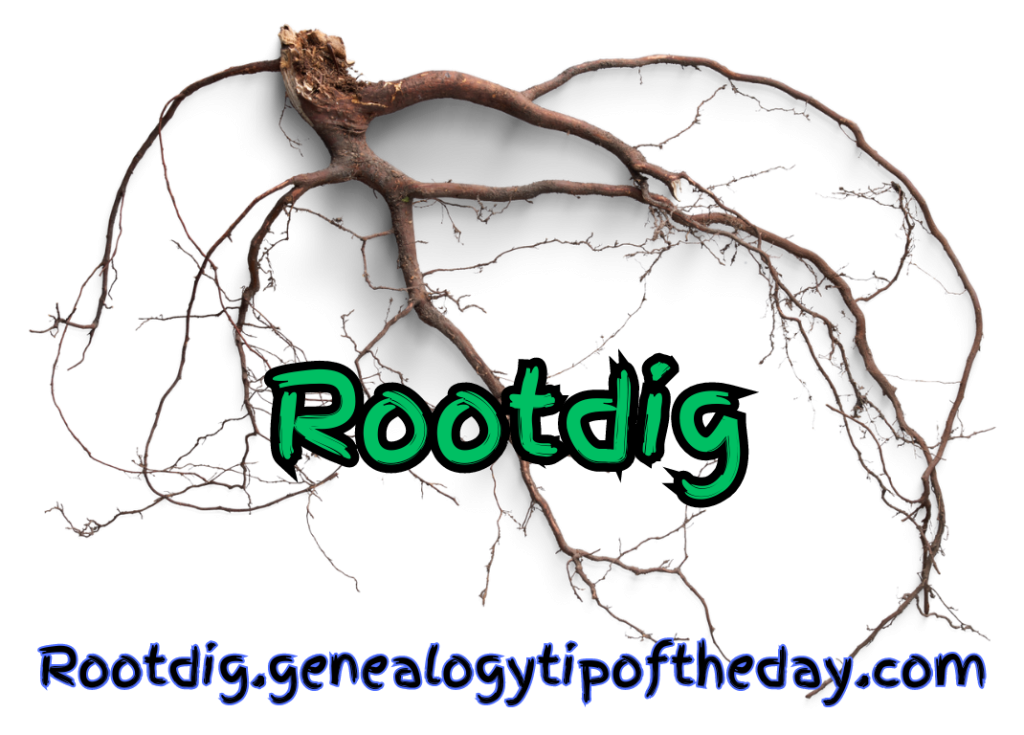

Recent Comments